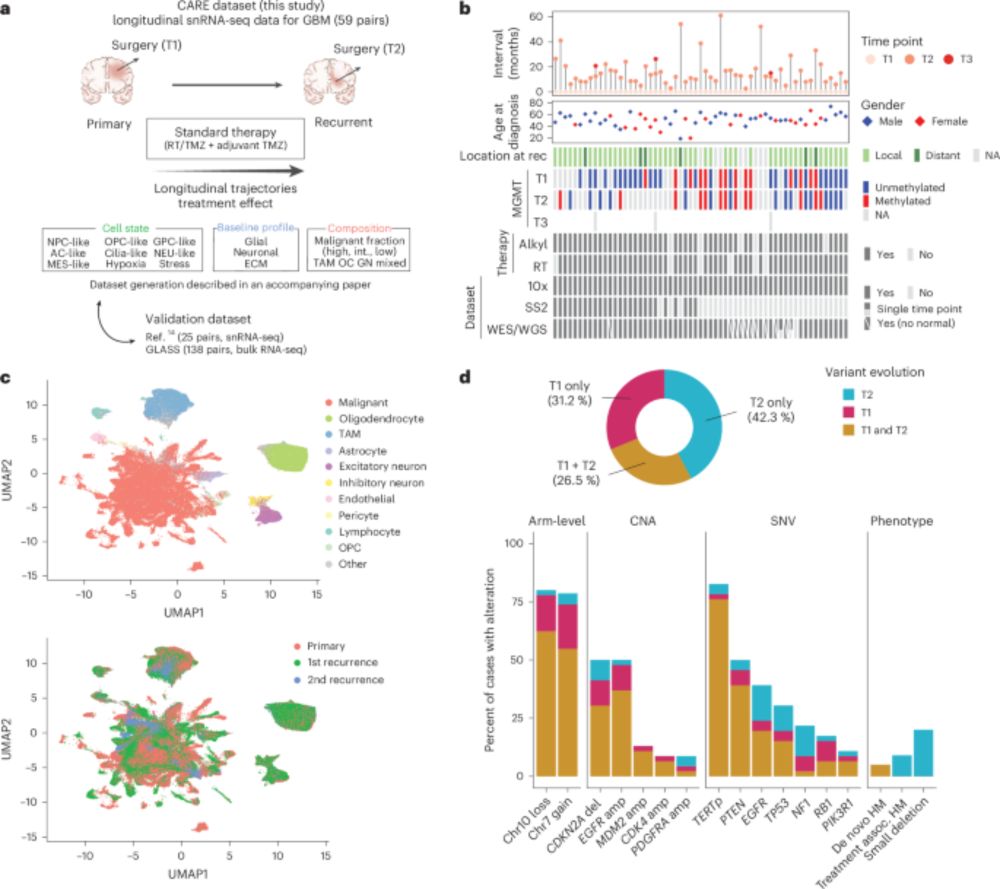Masashi Nomura
@masashi-nomura.bsky.social
64 followers
39 following
13 posts
Physician scientist, Glioma single-cell genomics researcher, Neurosurgeon @Tokyo University, Postdoc in Suva lab @MGH/Broad
Posts
Media
Videos
Starter Packs
Reposted by Masashi Nomura
Reposted by Masashi Nomura
Reposted by Masashi Nomura
Reposted by Masashi Nomura






